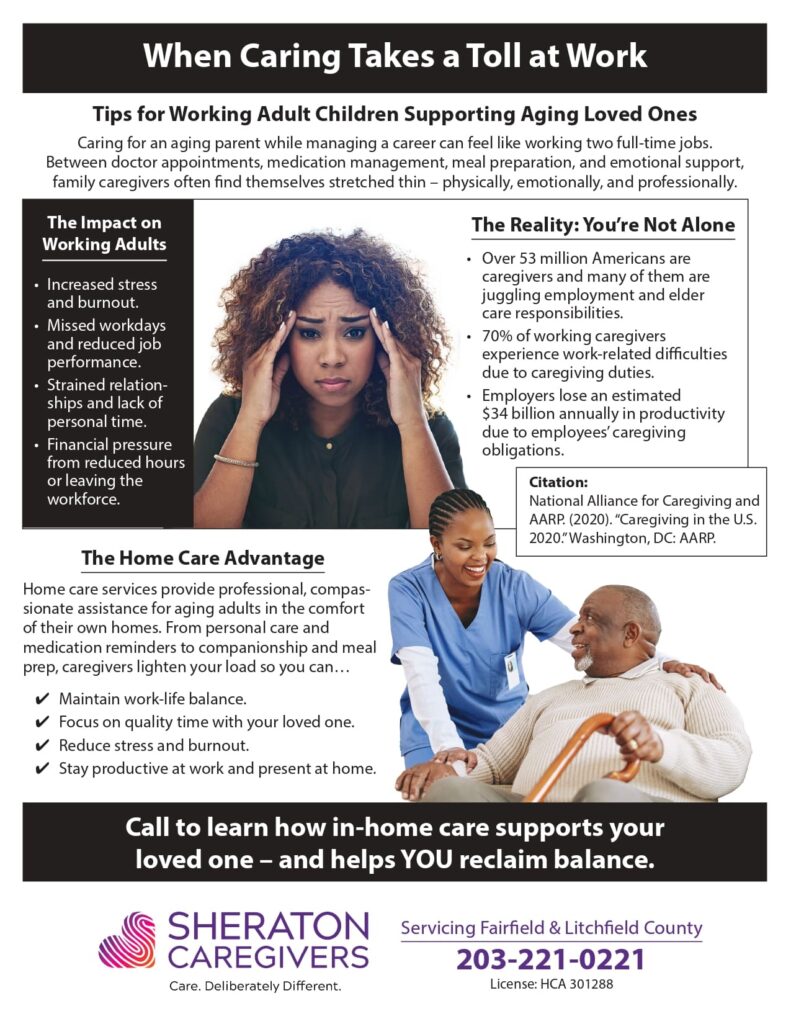TLDR
Caregiver burnout the physical, emotional, and mental exhaustion that can strike anyone looking after an ill or aging loved one is at crisis levels in the United States. This article defines the condition, shows why it matters now more than ever (with fresh data), and offers research-backed tactics that family caregivers can start using today to protect their health and keep providing compassionate support.
Introduction
Across the U.S., nearly 48 million people juggle jobs, families, and unpaid elder care, putting them at high risk of caregiver burnout. The stakes are personal and national: unchecked burnout harms the caregiver’s health and can shorten the time a loved one safely remains at home. Let’s explore what burnout is, why it’s surging, and—most important—how to stop it before it stops you.
What Exactly Is Caregiver Burnout?
A caregiver is “a person who provides direct care for children, elderly people, or the chronically ill,” while burnout denotes “exhaustion of physical or emotional strength.” Put the two together and you have a state of prolonged stress that drains energy, dulls empathy, and can trigger depression, anxiety, or serious illness.
Why It’s a 2025 Public-Health Flashpoint
Recent CDC surveillance shows caregivers report higher rates of frequent mental distress and clinically diagnosed depression than non-caregivers—and both numbers climbed sharply between 2016 and 2022. As America’s population ages, experts warn that burnout will hit more families, more often, unless support systems improve.
Real-life snapshot: In an AARP/NY Life study, nearly 70% of working caregivers said they struggle to balance career and care duties, jeopardizing both income and health.
A Closer Look at Caregiver Burnout
1. The Three Faces of Exhaustion
| Category | Telltale Signs | Where It Shows Up |
| Emotional fatigue | Irritability, hopelessness, compassion numbness | Long-term dementia care, end-of-life support |
| Physical fatigue | Sleep loss, headaches, weakened immunity | Overnight monitoring, heavy transfers |
| Social & financial strain | Isolation, career setbacks, debt | Sandwich-generation parents juggling kids and parents |
2. The Pros (Yes, There Are Some)
- Sense of purpose: Many caregivers report deeper family bonds and personal fulfillment.
- Skill building: Managing medications or navigating insurance can sharpen advocacy skills.
3. The Cons
- Health risks: Elevated blood pressure, obesity, and chronic disease are common.
- Emotional toll: Higher rates of depression and anxiety
- Economic impact: Unpaid care is valued at $873 billion annually—time that could otherwise generate income.
Turning the Tide: Strategies That Work
“Stop, Swap, Sustain”: A Practical Framework
- Stop & Assess
Use a checklist. The Mayo Clinic suggests tracking sleep, mood, and appetite to spot brewing burnout early. - Swap Tasks & Delegate
Share the load. Studies show multicomponent interventions—mindfulness plus skill-building plus respite—cut depressive symptoms by up to 30 % - Sustain Self-Care
Build daily buffers. The Family Caregiver Alliance recommends 10-minute exercise bursts, balanced meals, and guilt-free breaks.
Quick-Start Tips You Can Use Tonight
- Two-minute breathing reset: Reduces cortisol and sharpens focus before a medication round.
- “Yes, and…” language: Replace “I can’t handle this” with “I’m stretched, and I will call my sister tonight.” Positive framing boosts resilience.
- Micro-respite plan: Schedule one 20-minute block this week for something enjoyable—reading, a walk, or just sitting in silence.
When to Seek Professional Help
If you experience persistent sadness, thoughts of self-harm, or health neglect, call your primary-care doctor or a mental-health hotline. Early intervention prevents crisis hospitalization for both caregiver and loved one.
Big-Picture Solutions on the Horizon
- Paid Family Leave Expansions: At least nine states now mandate paid caregiving leave; bipartisan bills aim to widen access nationwide.
- Telehealth Counseling: Medicare’s 2024 rule allows family caregivers to receive virtual therapy, reimbursed at primary-care rates.
- Tech-enabled respite: Start-ups are piloting on-demand in-home aide platforms to give families predictable breaks.
Policy shifts can feel abstract, but each reform chips away at systemic burnout drivers—and collective advocacy accelerates change.
Conclusion: You Don’t Have to Go It Alone
Caregiver burnout is common, preventable, and reversible. Recognizing the warning signs, sharing responsibilities, and finding evidence-based support can restore both caregiver health and care quality. If you feel your well-being slipping, reach out today to a support group, healthcare provider, or respite service.
For families in Connecticut and beyond, Sheraton Care stands ready with in-home care options, short-term respite, and caregiver-education programs tailored to your unique needs. Protect yourself, protect your loved one, and remember: conquering caregiver burnout begins with one small step toward help. You deserve it, and so does the person you care for.


